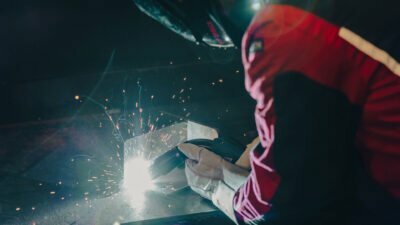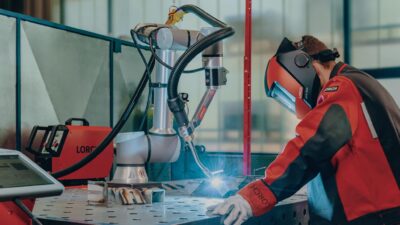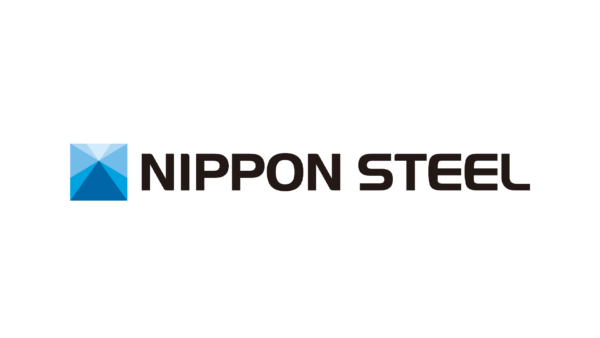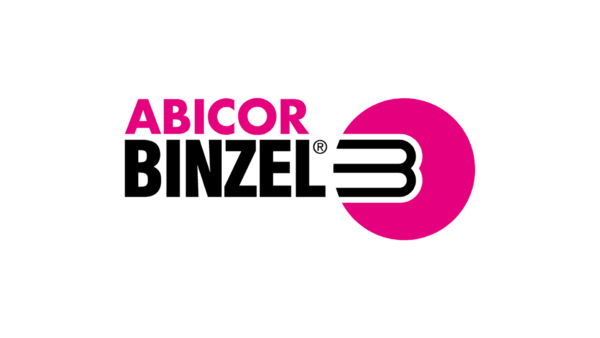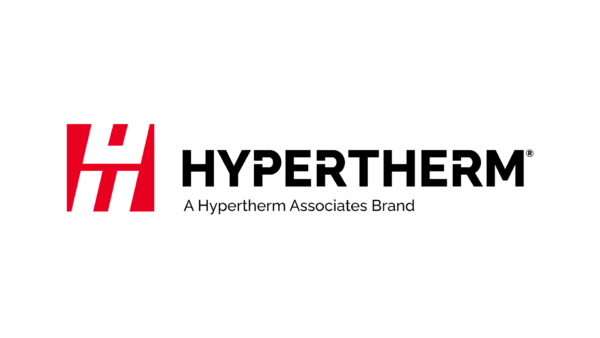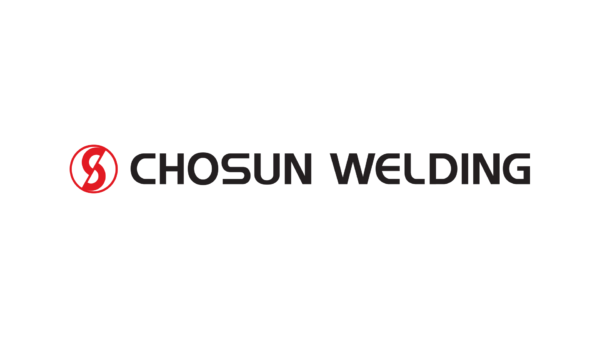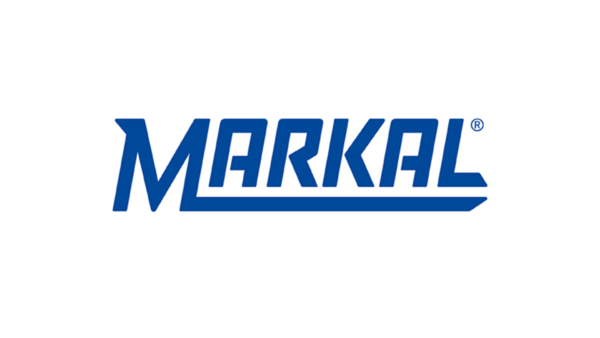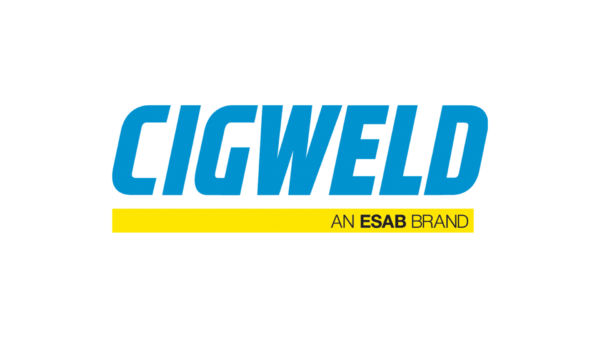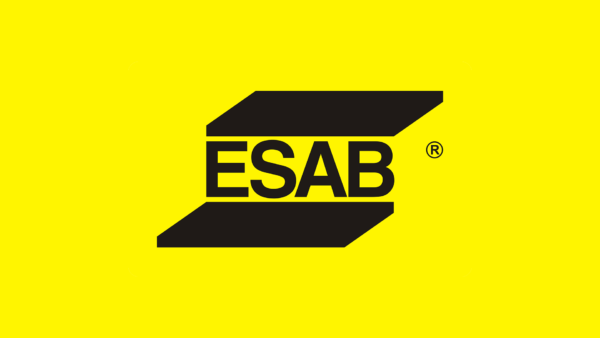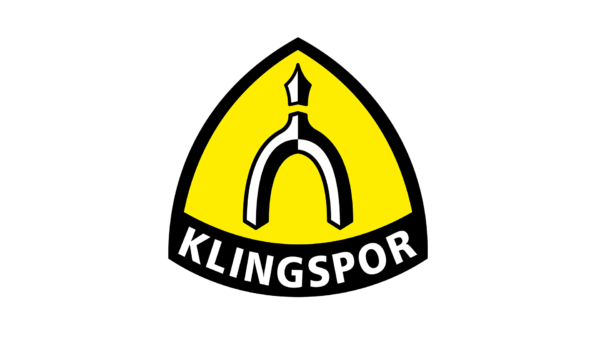We all know welding fumes are dangerous, but how much risk is there really in welding? And how is this likely to affect your business?
In October 2017, the International Agency for Research on Cancer (IARC) concluded that exposure to welding fumes causes’ lung cancer and possibly kidney cancer in humans. The research studies this decision was based on showed that the cancer risks did not differ between mild steel and stainless steel welding, but were related to the total welding fume. Lung cancer risks occur at very low exposure levels; below 1 mg m-3 and perhaps as low as 0.1 mg/m3, averaged over a working lifetime.
The current Australian and New Zealand workplace exposure limit for general welding fume is 5 mg/m3 TWA (Time Weighted Average). Compare this to countries which have already changed their welding fume TWA in response to the latest findings, e.g. exposure limit of 1.25mg/m3 in Germany, 1 mg/m3 in Netherlands.
In November 2019, a further review was published. It concluded that exposure to welding fumes increases the risk of lung cancer regardless of the type of steel welded, the welding method (arc vs gas welding), time welding and independent of exposure to asbestos or tobacco smoking. Increased risks persisted regardless of time period, geographic location, study design, occupational setting, exposure assessment method and histological subtype.
The risk of welders developing lung cancer was assessed as high as 43%.
To put it bluntly; THERE IS NO SAFE LEVEL OF WELDING FUME.
The risk to welders is both real and significant. In NZ, WorkSafe are reviewing their existing guidance on welding fume and will also be reviewing the Workplace Exposure Standard for welding fume. NZ businesses can expect regulations here to be tightened, as has happened internationally. In the meantime, WorkSafe will continue with workplace inspections focused on fume levels, ventilation and RPE (personal respiratory equipment).
While you can help the workplace environment to reduce fume production, for example, by correct surface preparation, or using low fuming consumables, the exposure levels will still be too high given what is now known of the risks. Local exhaust ventilation (LEV) to remove fumes will be required in most workshops. If LEV is not practical, or testing shows there is still fume present, Personal Respiratory Equipment (RPE) should be worn.
In fact, in Britain now the HSE (Worksafe equivalent) states that employers should provide appropriate RPE even when welding outdoors. It remains to be seen as to whether WorkSafe in NZ will take it this far.
Given the knowledge and awareness of the risks to their health, most workers are happy to wear RPE. Comfortable, well-fitting positive air respiratory helmets with clear vision and optimum respiratory protection will make breathing easier, faces cooler, and keep WorkSafe happy as well.
A big consideration for businesses is the cost – which is why Welding Engineers NZ Ltd recommends the TT 350 Welding Helmet with Powered Air Purifier. This range is designed in Australia and meets all AS/NZS standards for Welding Helmets and PAPR units. It performs very well and is exceptionally affordable at our current pricing – please contact us for further information.


